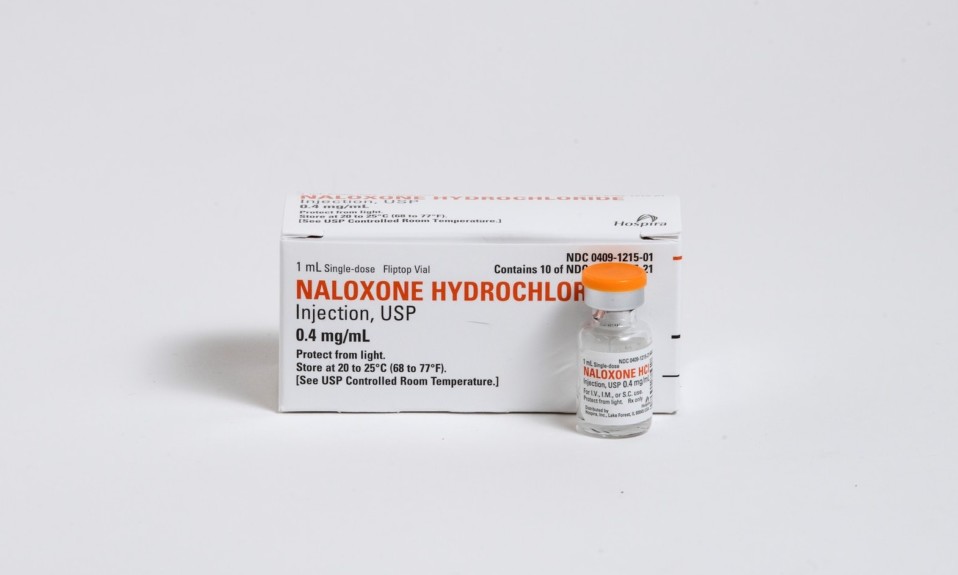Plus: The whys behind the overdose surge during the pandemic, and a new study on sleep and mental wellness
By William Wagner
In 2016, Michigan’s legislature granted pharmacies the ability to dispense naloxone without a prescription. Yet six years later, only about half the pharmacies in the state provide the overdose-reversal medication without that restriction.
Additionally this week: new insights into the spike in overdoses during COVID, and the necessary amount of sleep per night for middle- and old-age people in order to maintain mental wellness.
From The American Journal of Drug and Alcohol Abuse:
Where’s the Naloxone?
In the face of an opioid overdose crisis that has grown worse during the pandemic, new research from the University of Michigan can only be classified as distressing. Despite their freedom to offer naloxone without a prescription, just 54% of pharmacies in Michigan do so. Fifteen percent of the state’s pharmacies don’t even stock the medication. According to the study, “maps revealed areas with higher fatality rates had fewer pharmacies participating in the standing order [to prescribe naloxone] or lacked any pharmacy access.” The researchers gathered their data by surveying 662 pharmacies, 81% of which responded.

Naloxone often is referred to as the “gold standard” of medication-assisted treatment (MAT), endorsed by clinicians far and wide. “Naloxone is a life-saving medication for a person experiencing an opioid overdose,” says Chin Hwa Dahlem, PhD, lead author of the study and a nurse practitioner and researcher at the University of Michigan School of Nursing. “We need to continue our efforts to expand naloxone access through pharmacies, hospitals and community naloxone distribution programs to prevent overdose deaths.”
The problem isn’t limited to Michigan. Nationwide, access to naloxone isn’t what many policymakers believe it should be. The Biden administration has worked to remedy this with measures such as a model law for states to help expand access to opioid antagonists.
“No one should die from an overdose, and naloxone is one of the most effective tools we have to save lives,” Rahul Gupta, MD, director of National Drug Control Policy, said of the model law. “But sadly, today people with substance use disorders are overdosing and dying across the country because naloxone access depends a great deal on where you live. This model law provides states with a framework to make naloxone accessible to those who need it—an evidence-based solution that, according to research, would have a significant effect on reducing opioid-related overdose deaths.”
From Addiction Science and Clinical Practice:
New Data on Pandemic-related Substance Use Behaviors
More than 100,000 people died from a drug overdose in the 12 months ending in April 2021—a record number for a one-year period, which coincided with the pandemic. A new study from New York University goes inside the OD statistics from the COVID era.
“Our study provides insight into why and how there have been more overdose deaths.”
—Suzan Walters, New York University
“We know that there has been a tragic increase in overdose deaths during the pandemic. Our study provides insight into why and how there have been more overdose deaths,” says Suzan Walters, PhD, assistant professor at NYU School of Global Public Health and a researcher with NYU’s Center for Drug Use and HIV/HCV Research (CDUHR).
Among the study’s findings:
- Stay-at-home orders early in the pandemic contributed to the death total, as people were cut off from their normal support systems.
- Individuals living in rural areas were disproportionately affected.
- Worsening economic conditions exacerbated mental health issues and drug use.
- Users were more likely to take drugs alone, heightening the risk of a fatal OD.
- Heroin became more difficult to obtain during the pandemic, which led people to take the more lethal synthetic opioid fentanyl.
From Nature Aging:
Sleep and Mental Wellness
A key to sound mental health in middle and old age? Sleep. Specifically, seven hours per night—that’s the magic number. The finding comes courtesy of the University of Cambridge in the U.K and Fudan University in China. Says Cambridge’s Barbara Sahakian, FMedSci, DSc, one of the study’s authors: “Getting a good night’s sleep is important at all stages of life, but particularly as we age. Finding ways to improve sleep for older people could be crucial to helping them maintain good mental health and wellbeing and avoiding cognitive decline, particularly for patients with psychiatric disorders and dementias.”
The researchers analyzed data in the UK Biobank from 500,000 people ranging in age from 38 to 73. They were able to access brain imagining and genetic information from 40,000 of the subjects. The team found that less or more than seven hours of sleep per night can lead to issues such as cognitive impairment and, in more severe cases, anxiety and depression.
Photo: Shutterstock














